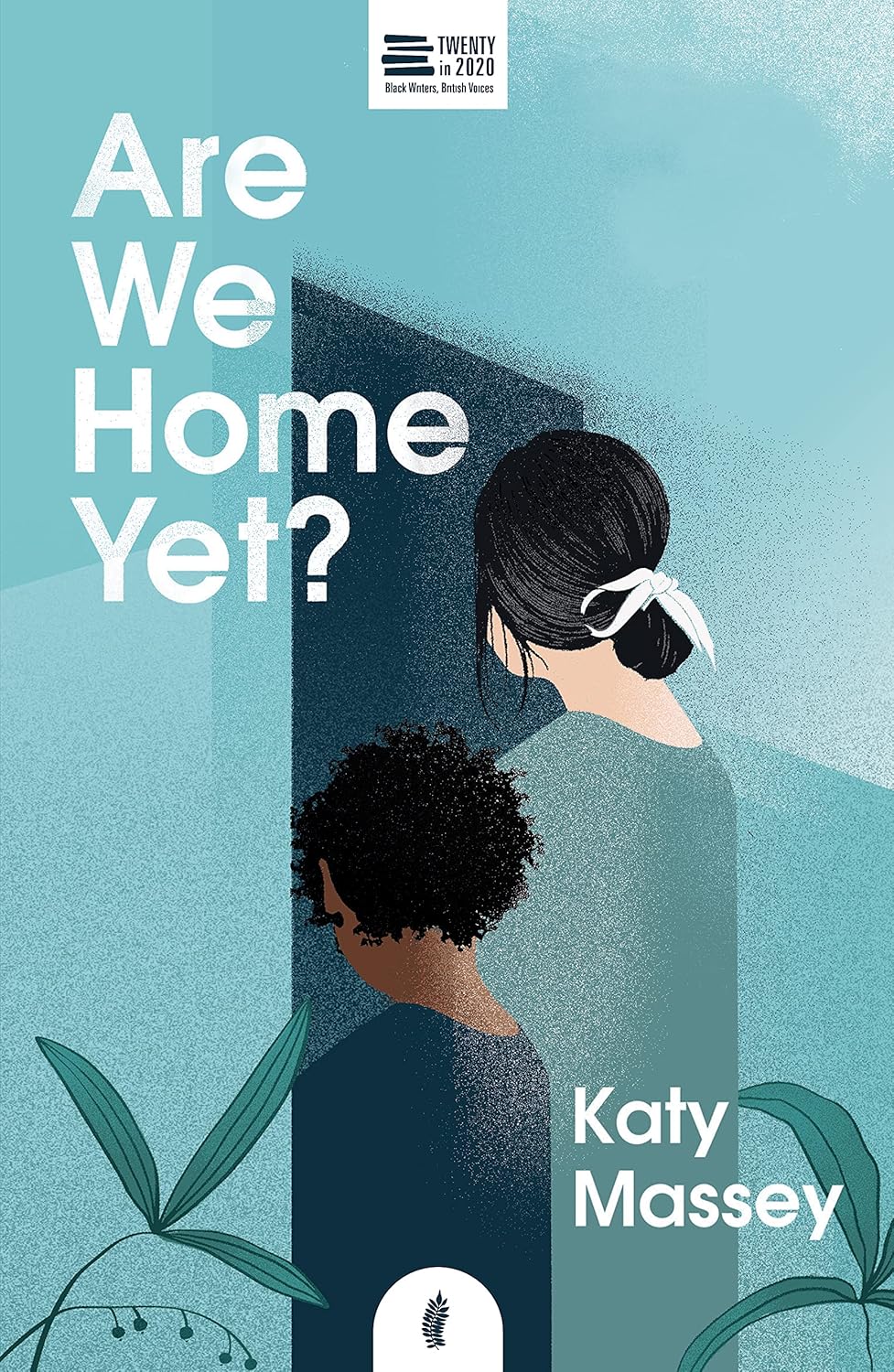Katy Massey (Are We Home Yet?) compares the difference between fiction and creative non-fiction, and discusses the contrasting demands they can put on an author.

This is an article comparing two forms popular in published literature: fiction and creative non-fiction and the contrasting demands they make on the author. On the surface, the difference between these two modes of expression is simple: one concerns itself with invention and the other with facts or truth-telling. However, these two forms frequently overlap, and can be difficult to unentangle.
Definitions
Although everyone knows, or thinks they know, what fiction is, creative non-fiction can be particularly difficult to define, especially where its authors employ invention and non-reality. For example, the new field of speculative non-fiction uses known facts to ‘play with’ or suggest likely, but as yet fictional or speculative, outcomes.
This is a long way from the idea of Creative Non-fiction which emerged from the personal or experiential ‘new’ journalism popularised by writers like Tom Wolfe and Trueman Capote during the 1960s, 70s and 80s. Simultaneously, the ‘true crime novel’, famously represented by Norman Mailer’s The Executioner’s Song (1979), was another innovation in truth-telling. Both the ‘true’ novel (or novel based on truth) and creative non-fiction use the novelist’s skill in scene-setting, characterisation, dialogue and plotting.
However, the ‘true’ novel is likely to use more invented elements than works of creative non-fiction. But fictive techniques are used by both forms to bring the reader much closer to the action and to persuade them to feel emotionally involved. In the ‘true’ novel, the label of ‘fiction’ gives the author more space for invention. Creative non-fiction is typically using the craft of writing to enhance the authors recreation of true experience. Usually, the reader believes the accounts are true because the writer was close to events.
It is however, like all non-fiction forms which concern themselves with lived experience, such as memoir, a recreation of truth. It may be highly surreal or impressionistic, but it will use literary conventions to convince the reader of its authenticity and veracity. Similarly, storytelling and structure borrow from fiction and are employed in the service of these aims
Storytelling
When writing truth telling forms, the story arc still needs to satisfy the reader. For example, if you are writing a memoir of your time in the police force, and you set up a situation where you have the potential to learn an important life lesson, then the scene must follow through on this promise. Situations, characters and settings need to earn their place in your story (in this case, an important moment of realisation). Similarly, consider leaving out anything which does not move your story forward, for example, too much minute detail, siblings, or extended family members.
Consider looking at story architypes to see if your real-life story is an approximate fit for one of these. Your reader will have expectations of stories that they subconsciously map onto literature. A good source of reading about these is The Seven Basic Plots: Why We Tell Stories by Christopher Booker.
Structure
Consider your structure in a similar way to the storytelling above. Your structure should serve the story you are trying to tell. As with story arcs, memoirs often use similar structures to explore unique experiences. Think of your structure as a way to organise time in your story. For example:
- A straightforward series of events, for example, in the form of a diary.
- A flashforward as a way to kick-start your story, then you can work toward it so your story ends up ‘bookended’ by the same scene.
- A story within a story, Eg you interview various members of your family about an unknown part of your heritage or history. This is then revealed to the reader, bit-by-bit, via these conversations.
- A theme-specific time-related structure: eg ‘A year in my gardening life’ using each of the 12 months. Or, if you are from a farming background, the four seasons.
- Using a theme-specific structure can be particularly strong. For example, the emergency services safety protocol of ‘Run, hide, tell’ in the event of an attack.
Finally, a structure like this last one, which handily implies a three-part structure of beginning, middle, end will be particularly useful. Good luck finding your own.
Buy your copy of Are We Home Yet? by Katy Massey
Katy Massey was a journalist for fifteen years before returning to university and beginning to write creatively. Her PhD findings formed the inspiration for Tangled Roots, a long-term project aiming to equip everyone with the skills to author their own lives. She is a skilled workshop leader, editor and writer. Her life writing and fiction has been shortlisted for several prizes including Leeds Literature Prize 2013, Crocus Books/Commonword First Chapter competition 2010 as well as being long-listed for Route publications A Few Good Books submissions competition 2010. She has also edited two collections of memoirs. In 2017 she was a judge for the first-ever Spread the Word Life Writing Prize
Comments